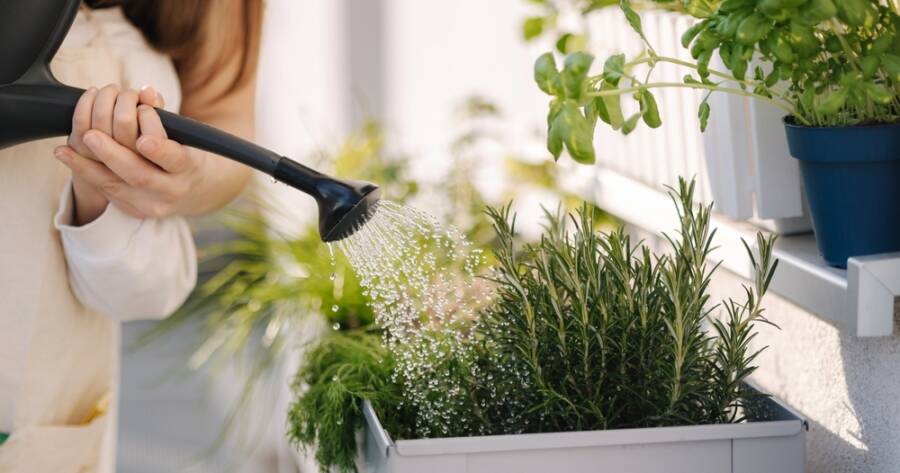Why let precious rainwater go to waste when it can be a free, eco-friendly resource for your garden? Collecting rainwater not only helps conserve water but also provides your plants with fresh, chemical-free hydration. With a few simple tools and techniques, you can easily capture and store rainwater for future use. It’s an easy, sustainable practice that benefits both your garden and the environment—all while lowering your water bill.
Why Rainwater Harvesting Benefits Your Garden
Rainwater is naturally soft, free of chemicals like chlorine or fluoride, and perfectly suited to nourish plants. Unlike tap water, which can sometimes contain additives that stress soil or roots, rainwater provides the pure hydration your garden craves. Collecting it reduces your dependence on municipal water supplies, especially during dry spells or droughts.
Beyond your plants, rainwater harvesting is an easy way to contribute to environmental conservation. It helps reduce runoff, eases strain on local water systems, and lowers your utility bills. Whether you’re maintaining a few potted plants or a sprawling garden bed, this simple system keeps both your greenery and your wallet happy.
Choosing the Right Rain Barrel
A rain barrel is the simplest and most common tool for collecting rainwater. Typically installed under a downspout, it captures runoff from your roof and stores it for later use. You can find barrels in various sizes and materials, from basic plastic models to decorative wooden ones that blend with your garden’s aesthetic.
Look for a barrel with a secure lid to prevent debris, pests, and mosquitoes from getting in. Many come with built-in spigots or overflow valves, making it easy to fill watering cans or connect a hose. If you have the space, consider connecting multiple barrels to store even more water. It’s a practical, low-maintenance solution that pays off quickly.
Setting Up a Simple Collection System
Setting up your rainwater collection system doesn’t require specialized skills. Start by positioning your rain barrel or container beneath a gutter downspout where runoff naturally flows. Use a flexible downspout diverter to direct the water neatly into the barrel and reduce splashing or overflow.
If you don’t have gutters, you can still capture rain using a tarp or sloped surface that channels water into containers. For larger setups, some gardeners install underground cisterns or more complex systems, but a basic rain barrel works great for most home gardens. Regularly check for clogs and clean the barrel seasonally to keep water fresh and flowing.
Best Ways to Use Collected Rainwater
Once you’ve stored your rainwater, there are countless ways to put it to good use. The most obvious is watering your garden—whether through a watering can, drip irrigation system, or soaker hose connected directly to the barrel. Rainwater is ideal for both vegetable plots and ornamental plants.
Beyond the garden, you can also use rainwater to wash outdoor furniture, clean tools, or rinse off muddy boots. It’s best to avoid using harvested rainwater for drinking or cooking without proper filtration. However, for outdoor tasks, it’s a free and effective solution that lightens your environmental footprint.
Keeping Your System Clean and Safe
Maintaining your rainwater harvesting system is key to ensuring clean, usable water. Always cover your barrels securely to keep out insects, leaves, and other debris. Adding a mesh screen over the opening is an extra step that prevents clogs while allowing water to flow freely.
Periodically empty and rinse your barrels, especially after long dry periods when water may become stagnant. You can also add a small amount of non-toxic mosquito dunk tablets to prevent larvae from breeding. With just a little maintenance, your system will stay safe, clean, and ready to supply your garden year-round.
Expanding Your Rainwater Harvesting Setup
Once you’ve mastered the basics, it’s easy to expand your system to maximize collection. Consider installing multiple barrels connected via hoses, especially if you have several downspouts. Adding overflow outlets directs excess water away from your home’s foundation and into a drainage area or another barrel.
For larger gardens, more advanced options like underground cisterns or large above-ground tanks provide greater storage capacity. You can even integrate drip irrigation systems directly into the setup, automating the process. Start small, then scale up as needed—you’ll be amazed at how much water you can capture and reuse.
Turning Rain Into Results
Harnessing the power of rainwater is one of the simplest, most rewarding ways to care for your garden sustainably. It’s an easy project that saves money, conserves resources, and keeps your plants thriving season after season. Whether you start with a single rain barrel or expand into a larger setup, every drop collected makes a difference. Once you see the benefits, rainwater harvesting quickly becomes second nature—and your garden will thank you for it.

